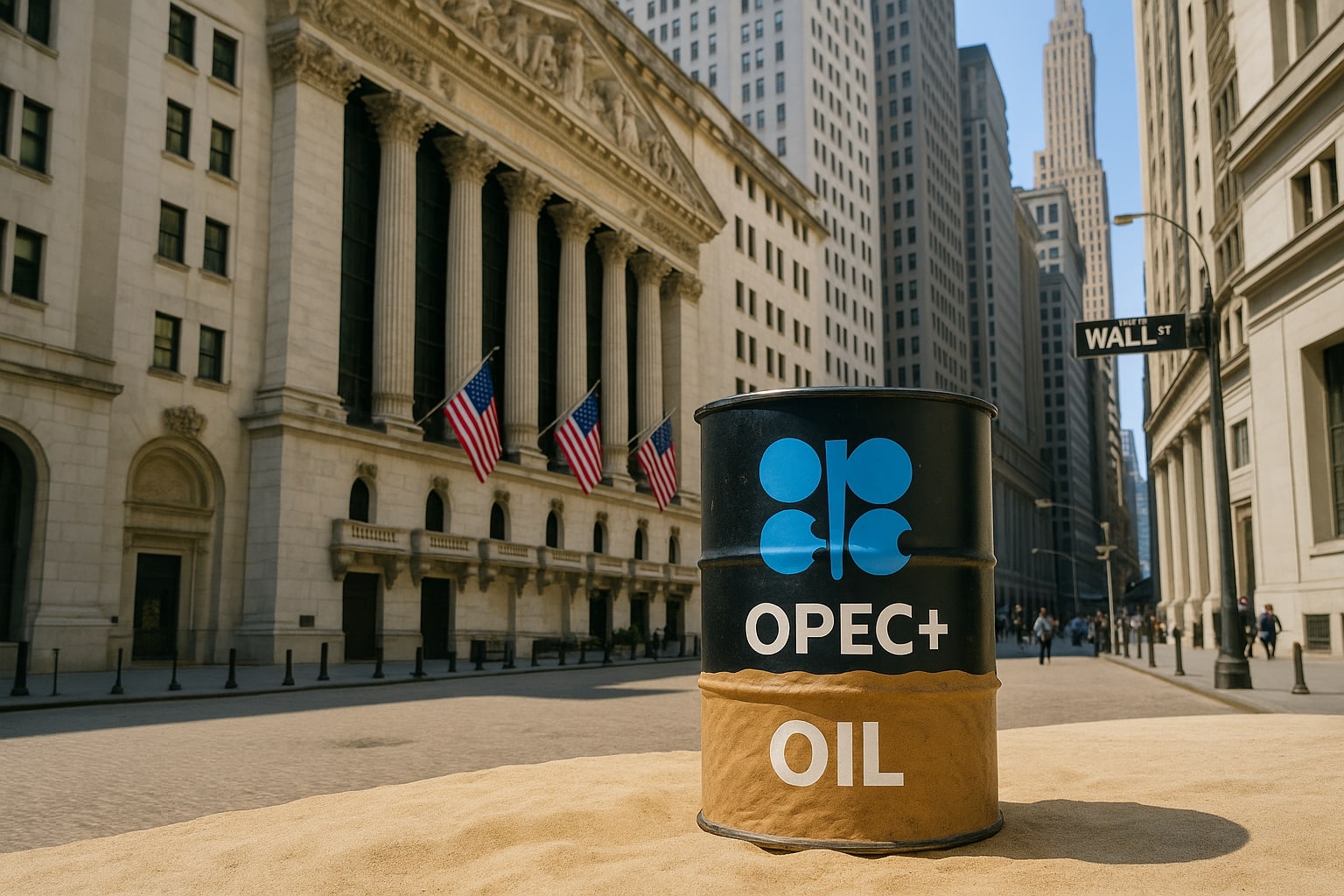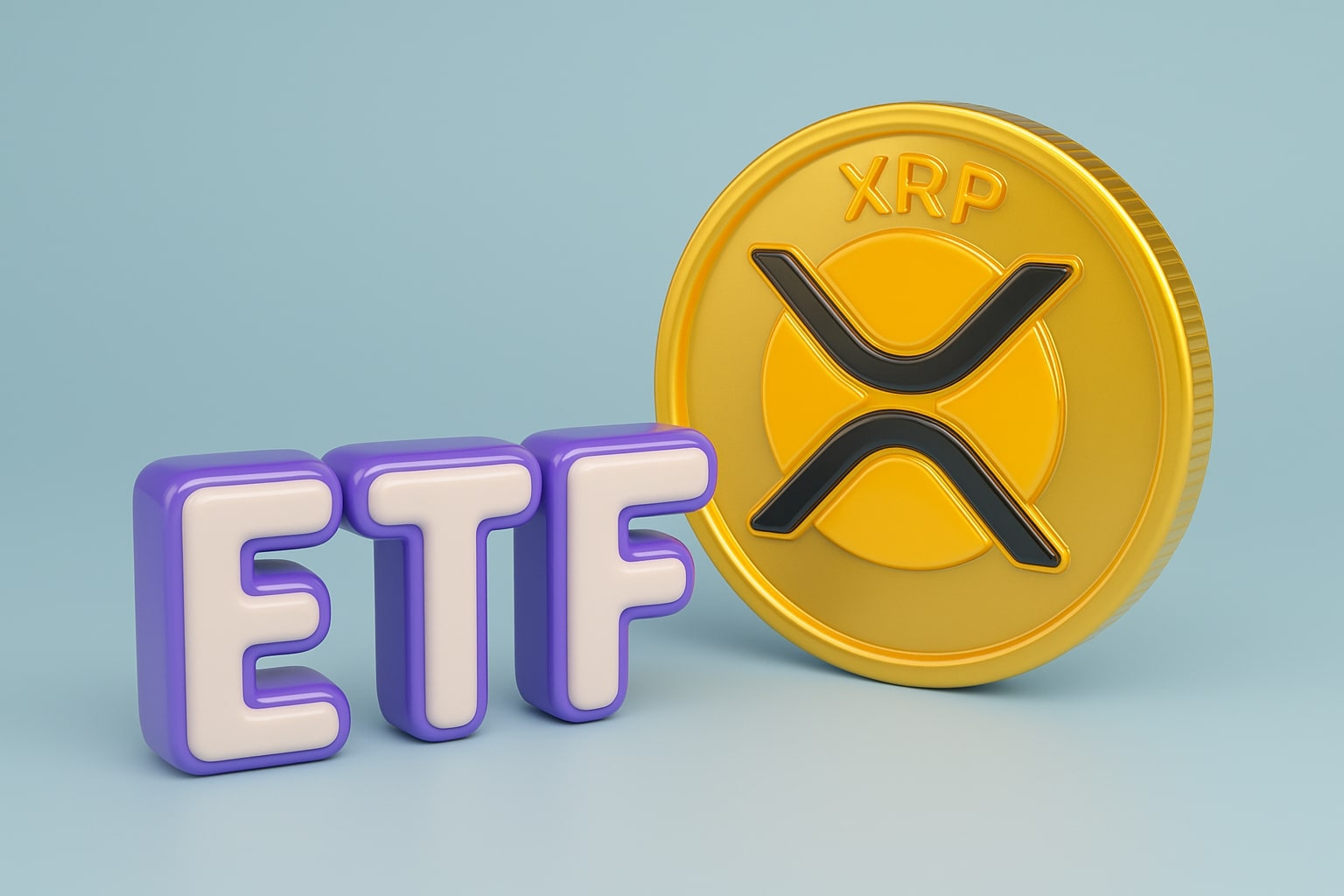
Oil Price Forecast - WTI Falls to $61.74 and Brent to $65.35 as Supply Glut and Weak Demand Hammer Oil
Crude slumps on OPEC+ output hikes, Kurdish exports of 230K bpd, and six months of Chinese factory contraction; U.S. shale producers warn growth will stall if WTI stays near $60 | That's TradingNEWS
WTI (CL=F) and Brent (BZ=F) Retreat to June Lows Amid OPEC+ Supply Pressure
Crude benchmarks extended losses as WTI traded at $61.74, down 1.01%, and Brent slipped to $65.35, down 1.03%, marking their weakest levels since June. The slide was amplified after OPEC+ reaffirmed plans to bring additional barrels back into the market despite soft demand, dismissing speculation of a larger supply hike. This measured but firm output increase is keeping traders cautious, with pressure on margins across the supply chain.
Asian Demand Slows as China and Japan Signal Manufacturing Weakness
The demand outlook in Asia remains a drag on sentiment. China’s factory activity contracted for the sixth consecutive month, while Japan’s September manufacturing PMI hit a six-month low. Slower fuel consumption across the region, coupled with weaker export orders, has muted refiners’ appetite. India’s refiners, traditionally buyers of discounted Russian crude, cut back volumes in September as they diversified sourcing, reducing one of the market’s stronger demand supports.
Kurdistan Resumes Exports, Adding 230,000 Barrels Per Day to Supply
Flows from Kurdistan to Turkey’s Ceyhan terminal resumed at 180,000–230,000 barrels per day, further swelling global supplies. The additional volumes arrive at a time when inventories in the U.S. are already being revised upward. EIA data confirmed record American oil production, highlighting that shale output continues to grow despite capital discipline. Analysts warn that this overhang could persist unless demand stabilizes heading into winter.
U.S. Shutdown Casts Uncertainty Over Energy Data and Policy
The U.S. government shutdown adds another layer of volatility. Traders are concerned that critical weekly releases on inventories and drilling will be delayed, reducing market visibility. Meanwhile, the administration continues to prioritize fossil fuel permitting, with renewables facing temporary holdbacks. The combination of policy uncertainty and missing data risks exaggerating intraday swings in WTI and Brent futures.
Geopolitical Tensions: Houthis Target U.S. Oil Majors
In the Middle East, the Iran-aligned Houthi movement escalated tensions by sanctioning 13 U.S. oil companies and nine executives, including those at ExxonMobil, Chevron, and ConocoPhillips. While the sanctions are symbolic, traders fear potential disruptions to shipping lanes. A recent Houthi-claimed attack on a Netherlands-flagged vessel in the Gulf of Aden underscores the geopolitical risk premium that could resurface quickly if hostilities intensify.
U.S. Shale Margins Under Pressure as WTI Hovers Near $60
At current price levels, U.S. shale faces profitability challenges. Diamondback Energy’s CEO Kaes Van’t Hof cautioned that production growth could stall if WTI remains near $60, given the dwindling inventory of high-quality drilling locations. StoneX analysts echoed this, warning that oversupply will compress margins for higher-cost producers. This could eventually balance the market, but only after painful cutbacks in output.
Technical Landscape: $62 Support Holds, $65 Resistance in Play
On the charts, WTI crude (CL=F) is testing the $62 support zone that has held firm over the past two months. A bounce could target the 50-day EMA near $65, though upside momentum appears limited by excess supply. Brent (BZ=F) is eyeing its own floor at $65, with potential rebounds capped near $67.50 and $69. Until demand strengthens, both contracts are likely to remain range-bound.
Read More
-
PFFA ETF Nears $21.50 as Rate Cuts and 9.49% Yield Spark Renewed Demand
29.11.2025 · TradingNEWS ArchiveStocks
-
XRPI and XRPR ETFs Ignite Ripple’s Institutional Rally as Inflows Near $1B and XRP Holds $2.20
29.11.2025 · TradingNEWS ArchiveCrypto
-
Natural Gas Price Forecast - NG=F Blasts to $4.85 as Demand Surge Fuel Multi-Month Breakout
29.11.2025 · TradingNEWS ArchiveCommodities
-
USD/JPY Price Forecast - Yen to Dollar Slides to 156.10 as Yen Strengthens on Fed Cut Expectations
29.11.2025 · TradingNEWS ArchiveForex
Investor Flows and Sovereign Wealth Strategies
Despite the price slump, Gulf sovereign wealth funds deployed $56 billion this year into global infrastructure and energy assets, signaling long-term confidence in oil revenues. At the same time, majors like BP committed to a $5 billion U.S. Gulf project, showing that upstream investments are still being greenlit despite near-term price weakness. This divergence between spot prices and capital allocation underlines the sector’s cyclical resilience.
Verdict: Oil Still a Hold With Downside Risks Until Demand Recovers
With WTI at $61.74 and Brent at $65.35, both benchmarks are dangerously close to breaching key supports. OPEC+ supply restoration, Kurdish export resumption, and weak Asian demand are pressuring the market, while geopolitical risks keep volatility alive. Given the balance of risks—downside pressure from oversupply and potential upside from geopolitical flare-ups—the trade setup favors Hold rather than aggressive long positioning. A decisive break below $60 for WTI or $65 for Brent would tilt sentiment bearish, while sustained rebounds above $67 would reopen bullish momentum.



















